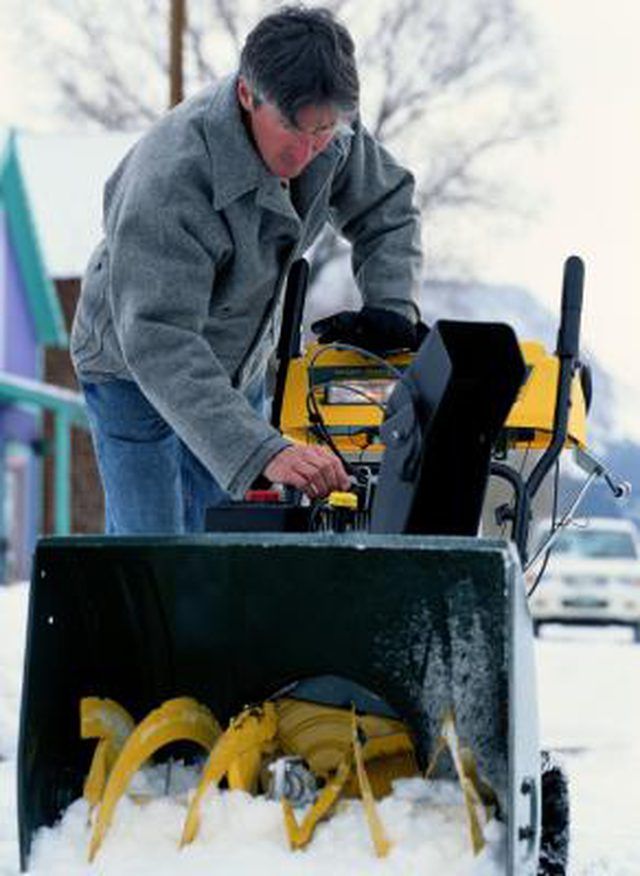Bulbs
Flower Basics
Flower Beds & Specialty Gardens
Flower Garden
Garden Furniture
Garden Gnomes
Garden Seeds
Garden Sheds
Garden Statues
Garden Tools & Supplies
Gardening Basics
Green & Organic
Groundcovers & Vines
Growing Annuals
Growing Basil
Growing Beans
Growing Berries
Growing Blueberries
Growing Cactus
Growing Corn
Growing Cotton
Growing Edibles
Growing Flowers
Growing Garlic
Growing Grapes
Growing Grass
Growing Herbs
Growing Jasmine
Growing Mint
Growing Mushrooms
Orchids
Growing Peanuts
Growing Perennials
Growing Plants
Growing Rosemary
Growing Roses
Growing Strawberries
Growing Sunflowers
Growing Thyme
Growing Tomatoes
Growing Tulips
Growing Vegetables
Herb Basics
Herb Garden
Indoor Growing
Landscaping Basics
Landscaping Patios
Landscaping Plants
Landscaping Shrubs
Landscaping Trees
Landscaping Walks & Pathways
Lawn Basics
Lawn Maintenance
Lawn Mowers
Lawn Ornaments
Lawn Planting
Lawn Tools
Outdoor Growing
Overall Landscape Planning
Pests, Weeds & Problems
Plant Basics
Rock Garden
Rose Garden
Shrubs
Soil
Specialty Gardens
Trees
Vegetable Garden
Yard Maintenance
How to Fix a Seized Snowblower Engine
How to Fix a Seized Snowblower Engine. A seized snowblower engine causes your snowblower to become completely useless due to its inability to run. Fixing a seized engine requires removing its spark plug, draining the motor of oil and gasoline and inserting engine release/anti-seize solution directly into the engine block. You can perform these...

A seized snowblower engine causes your snowblower to become completely useless due to its inability to run. Fixing a seized engine requires removing its spark plug, draining the motor of oil and gasoline and inserting engine release/anti-seize solution directly into the engine block. You can perform these operations and fix your seized snowblower engine, even if you have never previously troubleshooted this problem.
Things You'll Need
Pan
Clear plastic tube
Engine release solution
Disconnect the spark plug on the snowblower's engine. Depending on the specific engine type, the spark plug will either be located on the top of the engine block or along the side. It is connected to the engine by a thin, black ignition wire. Pull this ignition wire out of the back of the spark plug. Set the spark plug aside.
Drain the engine of oil and gas before troubleshooting further, if the engine's spark plug and spark plug hole were located on the side of the engine and not on the top. This is necessary to keep oil and gas from flooding areas of the engine when you manipulate the engine during troubleshooting. Find the oil drain plug on the bottom rear of the snowblower and position a pan beneath. Remove the plug to drain the machine of its oil.
Siphon the gas out of the snowblower's gas tank. Remove the gas cap from the tank and place a clear, plastic tube into the tank for siphoning. Position an empty, handheld gas tank on a level surface lower than the snowblower's gas tank.
Put the other end of the plastic tube into your mouth and inhale slowly, watching as the gas runs up the clear, plastic tube. Stop inhaling when the gas is still well short of reaching your mouth. Remove the tube from your mouth and immediately place your thumb over the end of the tube to sustain pressure.
Place the tube's end into the empty gas tank and remove your thumb. Wait as all the gas exits your snowblower and flows freely into your handheld gas tank. Remove the tube from your snowblower.
Position your engine so the spark plug hole leading into the engine is pointing directly up. Pour the engine release/anti-seizing liquid into your engine through the spark plug hole. Follow the instructions on the bottle to determine the amount necessary to insert into your engine.
Wait as your engine sits unused for at least 24 hours.
Reposition the engine into its former position and set the spark plug back into place. Reinsert the ignition wire into the spark plug.
Remove the engine's oil cap and insert fresh oil. Remove the gas cap and fill the snowblower's gas tank up with the siphoned gas in your handheld tank.
Start your snowblower. Your engine will no longer be seized, but bear in mind that multiple start attempts and pulls on the engine's recoil rope may be necessary before it properly starts.